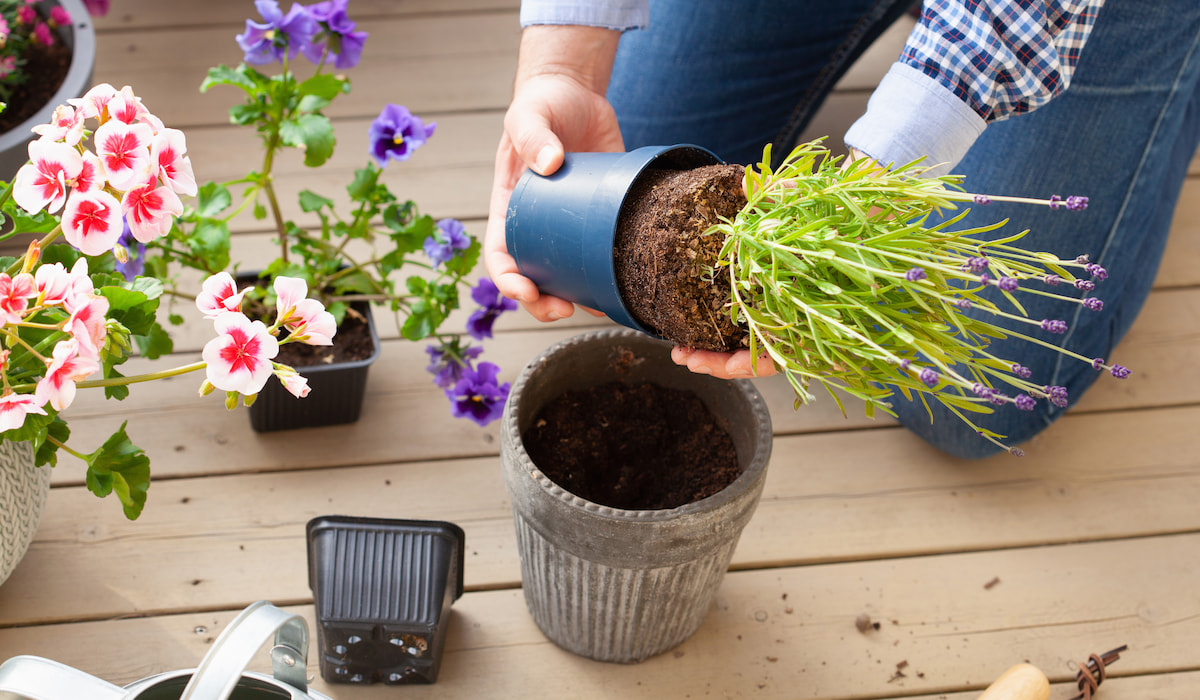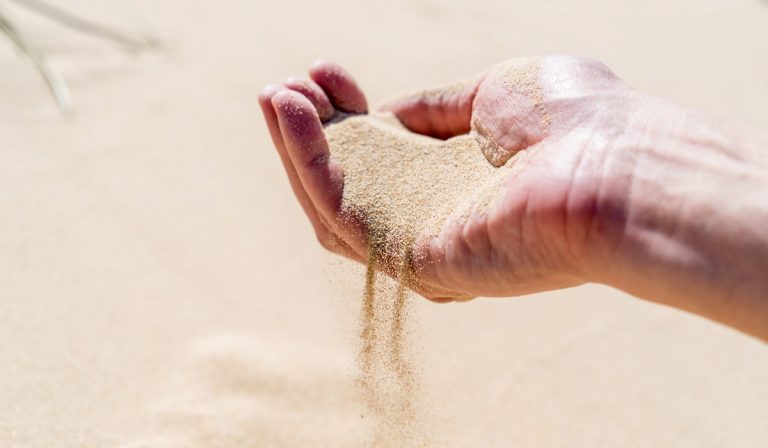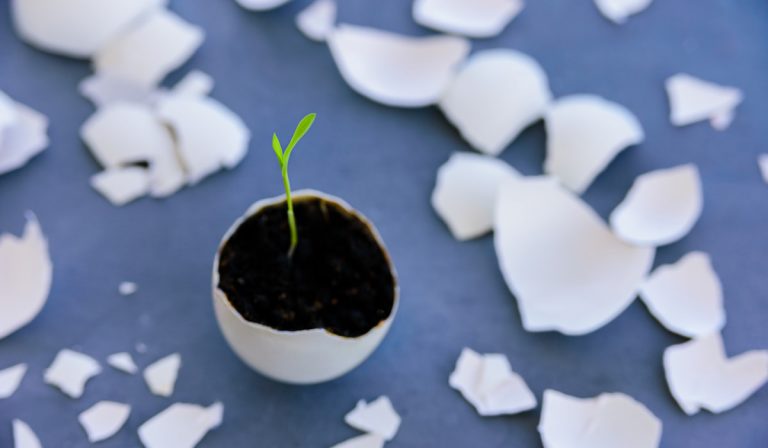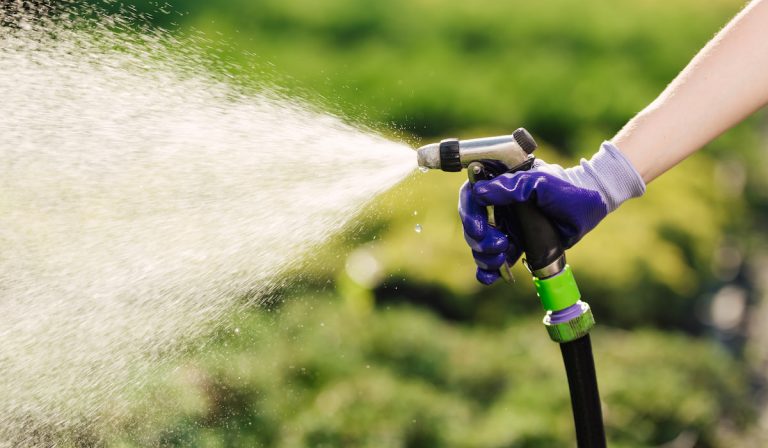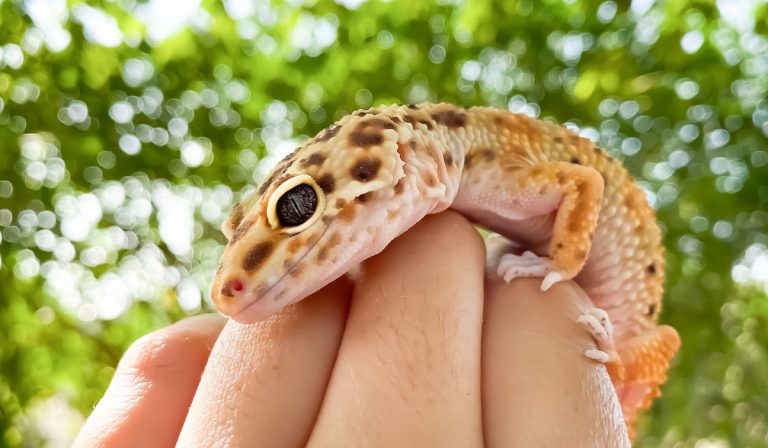7 Tips for Saving a Dying Lavender Plant
Lavender plants do not require much maintenance. Most times, if you offer proper care, they can live for a long time. But sometimes, you may find that things are not going the way you want them to.
Lavender plants originate from the Mediterranean part of Europe and can adapt only to certain conditions.
So, when they are dying, replicating the factors of their native region can bring them around. One element you should focus on replicating in your garden is the soil condition.
When your lavender looks unwell, there are several methods to revive it. In this article, we share 7 tips that will come in handy in bringing your plant back around.
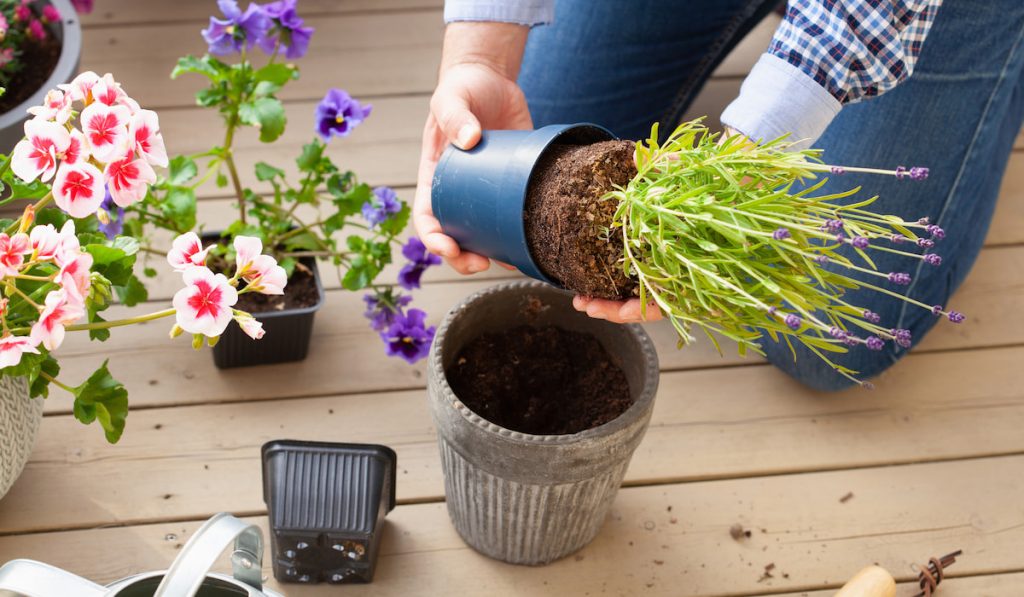
Table of Contents
1. How to Revive Indoor vs. Outdoor Lavender Plants
An indoor lavender plant may be unhealthy because of the following reasons:
- There is no drainage tray under the pot, or the pot lacks drainage holes.
- The pot size does not support insulation, and it cannot contain the roots.
The ideal pot size for lavender should be about 16 inches across.
Even for smaller varieties like ‘Munstead’ and ‘Hidcote Superior’, choosing the right pot size is essential. The right pot size will ensure your plants bloom and remain healthy each year.
With the right pot size, the roots are insulated from cold weather. It will also contain an adequate mixture of soil and sand to provide good drainage.
A small pot will limit your lavender plant growth.
The soil for planting lavender needs to be porous enough for water to drain from the roots with ease. Increased soil porosity allows the plant roots to get adequate oxygen for respiration.
Ensure the pots used for planting have drainage holes underneath to prevent water from pooling around the plant roots.
Allowing water to stay in the container will keep the soil moist and can result in root rot. Do not water lavender plants too often.
After watering, move the container somewhere the water can trickle out. Let it stand for about 30 minutes.
Outdoor lavender plants require sunlight to grow and produce the strongest fragrances, oils, and bloom. When the lavender does not receive enough sunlight, it produces fewer flowers.
In fact, during growing seasons, any lavender plant that receives less than 6 hours of sun may end up dying.
To revive a lavender plant that has not received enough sunlight, move it to a container or pot. Then place it in the sun immediately.
Lavenders require sunlight throughout the year, even when it is dormant during the winter. Ensure you plant it in an open area and not under any shade or canopies.

2. How to Revive a Plant Dying From the Bottom Up?
When your lavender is dying from the bottom up, you need to stop the watering or protect it from the rain.
After doing this, remove any organic matter that has accumulated around the base of the plant.
Organic materials can retain moisture and promote root rot. So you want them out of the way.
After doing the above, get a fork to uproot the lavender carefully. On removing the plant from the ground, examine its roots thoroughly.
If you notice that any part of the root is soft and soggy, you have to remove it. To remove such infected roots, cut them off with a pair of sterilized pruners.
Once you have taken care of the roots, replant your lavender in a different location with fresh soil and enough sunlight. Before replanting the lavender amend the soil with gravel or sand to enhance drainage.
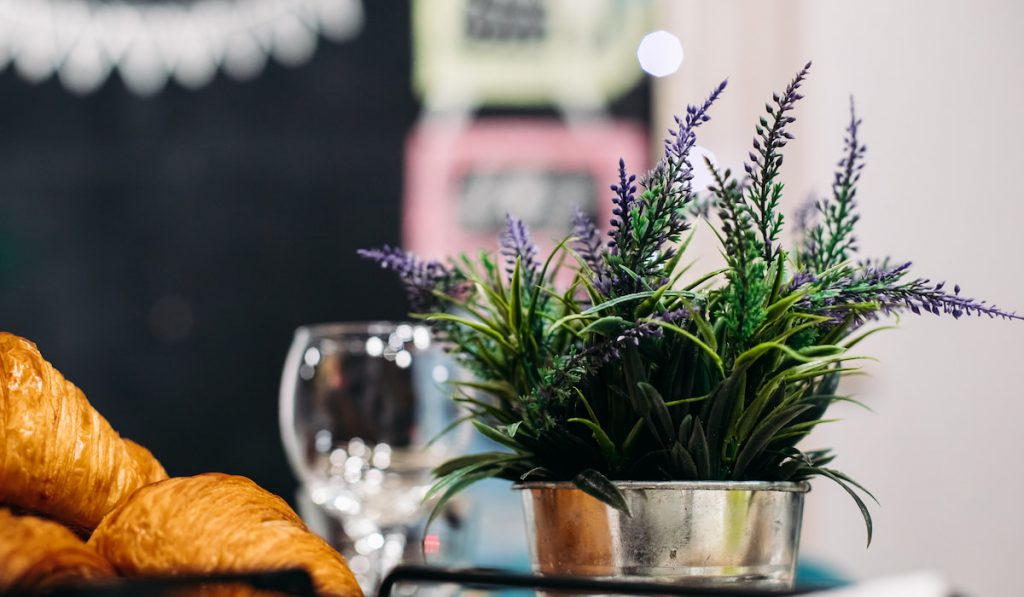
3. How to Revive a Plant Dying From the Middle?
Lavender plants dying from the middle are typically flattened at the center. Their flowers also spread out instead of pointing upward.
When a lavender plant starts dying from the middle, its stem has become weak. This might be happening because the plant is not getting enough sunlight.
So to improve the condition of the plant, reposition it in a place with enough sunlight.
In some other cases, lavender plants may be dying from the middle because of a lack of water.
Such cases might be seen when the weather is hot. If this is the case, you can revive the plant by soaking it sufficiently.
You could also prune the plant a little for better growth.
4. How to Revive Plant Dying After Transplant
Lavender plants are good at adapting to their surroundings. However, a sudden change in their environment can induce transplant shock.
This shock is an adjustment period for the plant, and it usually comes with temporary wilting.
When you transplant your lavender, it will need time to get used to its new surroundings. This is especially true when there is a big difference between the new environment and the previous one.
These differences include soil type, temperature, and the level of humidity of the surroundings in reference.
Over time, the plant will adjust to its new environment. The roots especially will adapt to the drainage rate, nutrients, availability of water, and other soil conditions of the new area.
If you follow the right routine when caring for your plant, you should not worry too much if the plant starts to wilt. As the lavender plant adjusts to its new surroundings, which can take up to a week, it will begin to look normal.
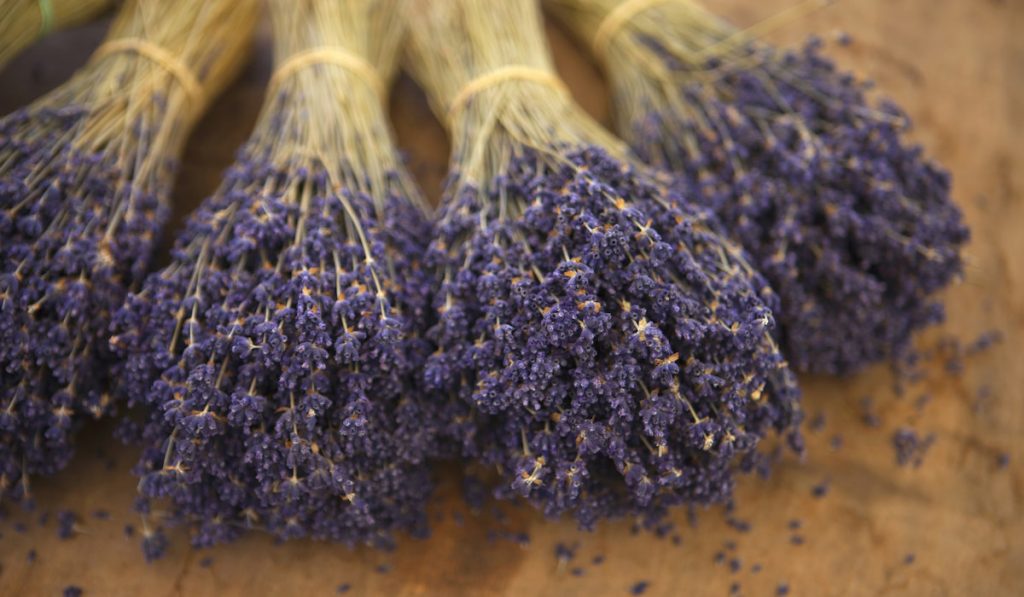
5. How to Revive a Woody Lavender Plant
Woody lavender might be the hardest to revive.
While all lavender plants will eventually turn woody, regular pruning may slow this process. So if you have a woody plant, you may not have been pruning regularly.
Woodiness leaves a lavender plant untidy and prone to splits. In some cases, the woody stems do not support growth.
To revive a woody lavender plant, you have to prune it back. While pruning, avoid pruning into the woody areas, especially those at the base of the plant.
The woody areas at the base of lavender plants will not produce or support new growth. Cutting into such spots may end up killing the plant.
Focus on the top one-third of green growth while pruning. Then aim for a mound shape to provide a weather-resistant structure for the plant.
Also, if you would prune your lavender plant, wait till it is spring or late fall.
An alternative to pruning is to propagate a vegetative part of the plant and cultivate an entirely new lavender plant.

6. How Do You Know When the Lavender Plant Can’t Be Saved?
It is not hard to see when you cannot save your lavender plant. To verify that the plant is salvageable, scratch its main stem to see if it is green.
If you do not notice any green and the plant was recently pruned, cut a stalk at the plant base using a pair of bypass-pruning shears. If the stalk snaps with ease, it means your lavender plant is dead.
Before you pull the plant out, cut some more stalks around the plant base.
It is essential to perform this test at different areas of your lavender plant base. This way, you can verify if just one part is dead or most of it is dead.
If indeed multiple stalks around the base snap, then it means the entire plant is dead.
If you cut the stalk and notice it is a bit soft or does not snap easily, you should not cut any further. Instead, try to bend it.
If you notice that a significant number of stalks resist bending, then the plant needs more time to recover.
With lavender plants, it is quite common for some parts to wilt and perk up again. You just have to be patient.
7. How Long Should a Lavender Plant Live?
Lavender plants are not known to live exceptionally long. For tender lavender varieties, they have a life span of about five years.
Hardy lavender types have a life span of 15 years and sometimes 20 years if you prune them correctly.
Resources
- https://www.gardenersworld.com/how-to/grow-plants/how-to-grow-lavender/
- https://www.gardenerreport.com/how-to-revive-a-dying-lavender-plant/
- https://www.hunker.com/12475673/how-tell-if-lavender-plants-are-dead
- https://www.gardenerreport.com/why-is-my-lavender-plant-wilting/
- https://questions.gardeningknowhow.com/tag/lavender-plants/page/3/
- https://www.gardenerreport.com/why-is-my-lavender-dying/

